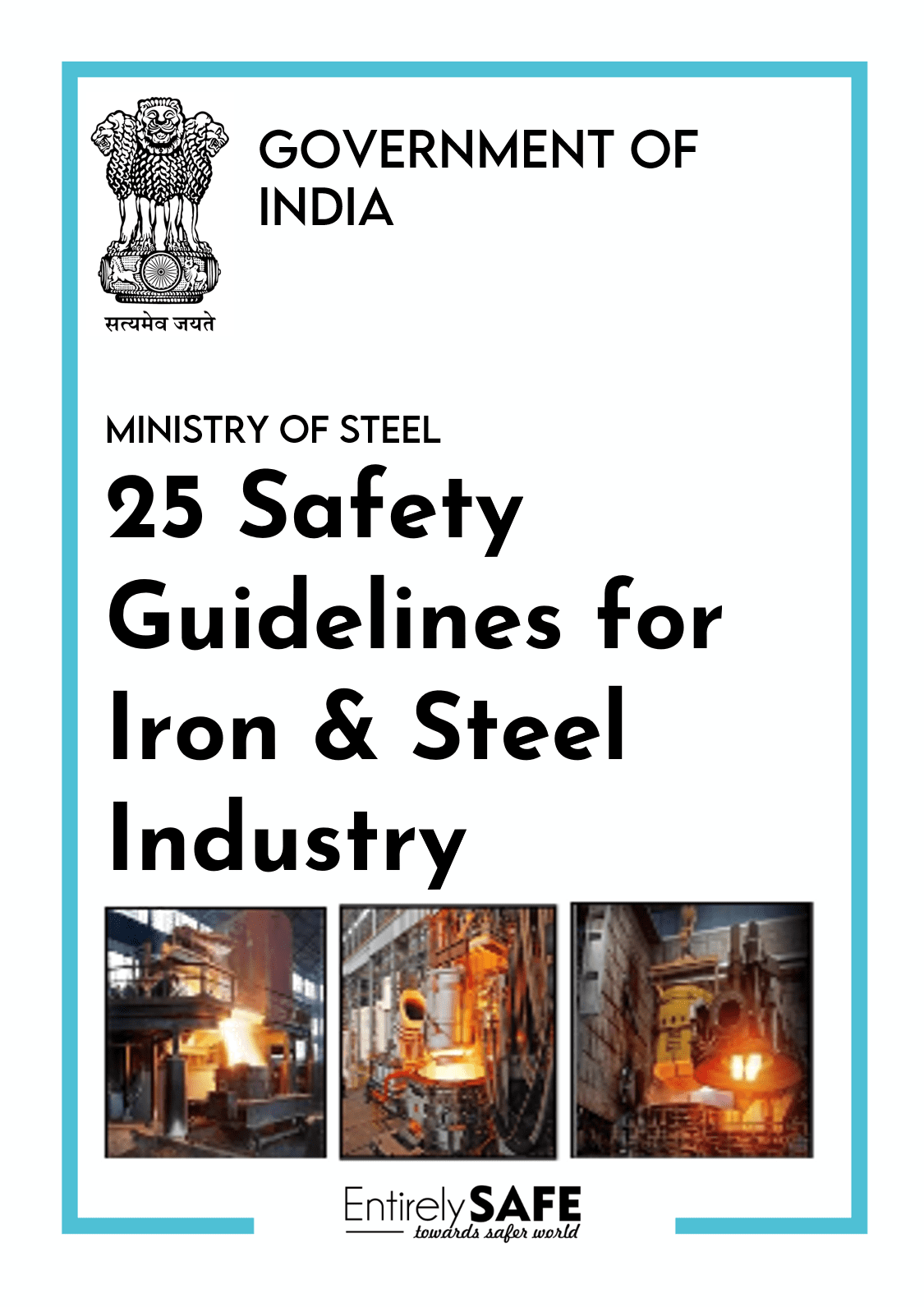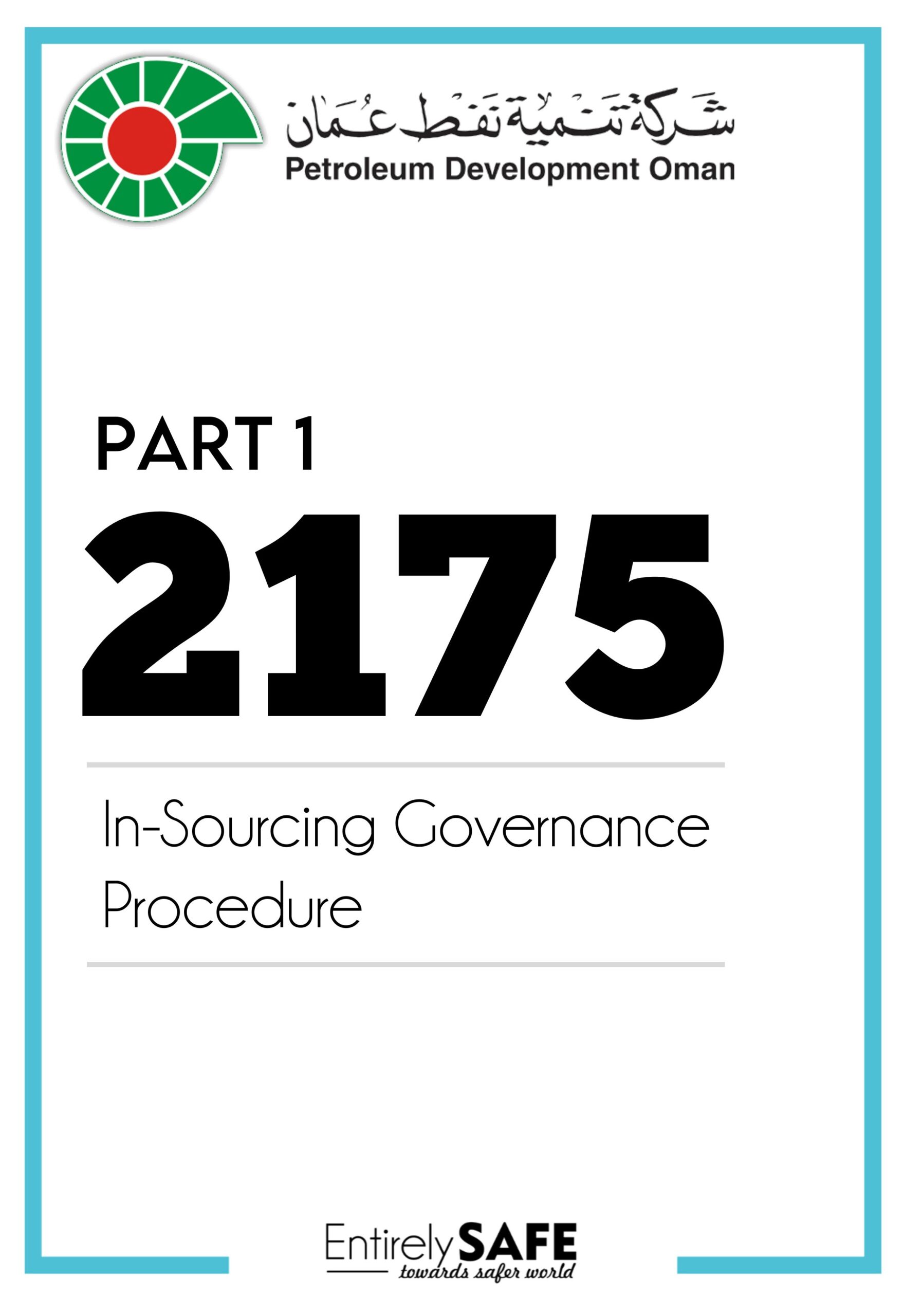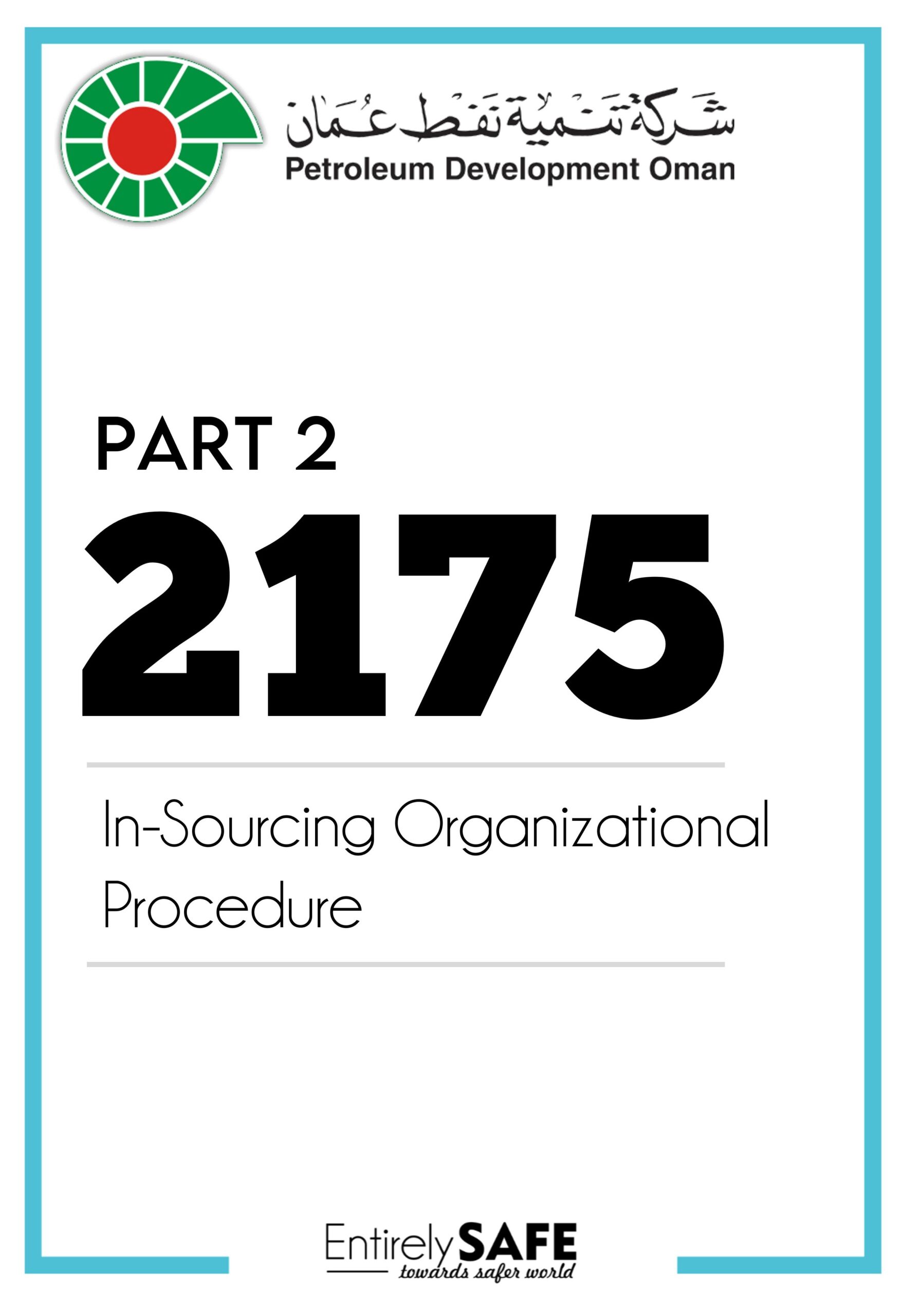25 Safety Guidelines for Iron & Steel Industry
Steel is a product of large and technologically complex industries having strong forward and backward linkages in terms of material flows and income generation. It is also one of the most important products of the modern world and of strategic importance to any industrial nation. From construction, and industrial machinery to consumer products, steel finds its way into a wide variety of applications. It is also an industry with diverse technologies based on the nature and extent of raw materials used. In India, steel has an output multiplier effect of nearly 1.4X on GDP and an employment multiplier factor of 6.8X.
At the time of independence in 1947, India had only three steel plants – the Tata Iron & Steel Company, the Indian Iron and Steel Company, and Visveswaraya Iron & Steel Ltd, and a few electric arc furnace-based plants. The period till 1947 thus witnessed a small but viable steel industry in the country, which operated with a capacity of about 1 million tonnes and was completely in the private sector. From the fledgling one million tonne capacity status at the time of independence, India has now risen to be the 2nd largest crude steel producer in the world and the largest producer of sponge iron. As per official estimates, the Iron and Steel Industry contributes around 2 percent of the Gross Domestic Product (GDP) and employs about 25 lakh people directly or indirectly. From a negligible global presence, the Indian steel industry is now globally acknowledged for its product quality. As it traversed its long history since independence, the Indian steel industry has responded to the challenges of the highs and lows of business cycles.
ID:
308
Version:
1
File Type:
Size:
0.7 Mb
Organization:
Ministry of Steel
Published:
2019
Country:
India
Type:
Guideline
Pages:
17 pages
Language:
English [EN]









